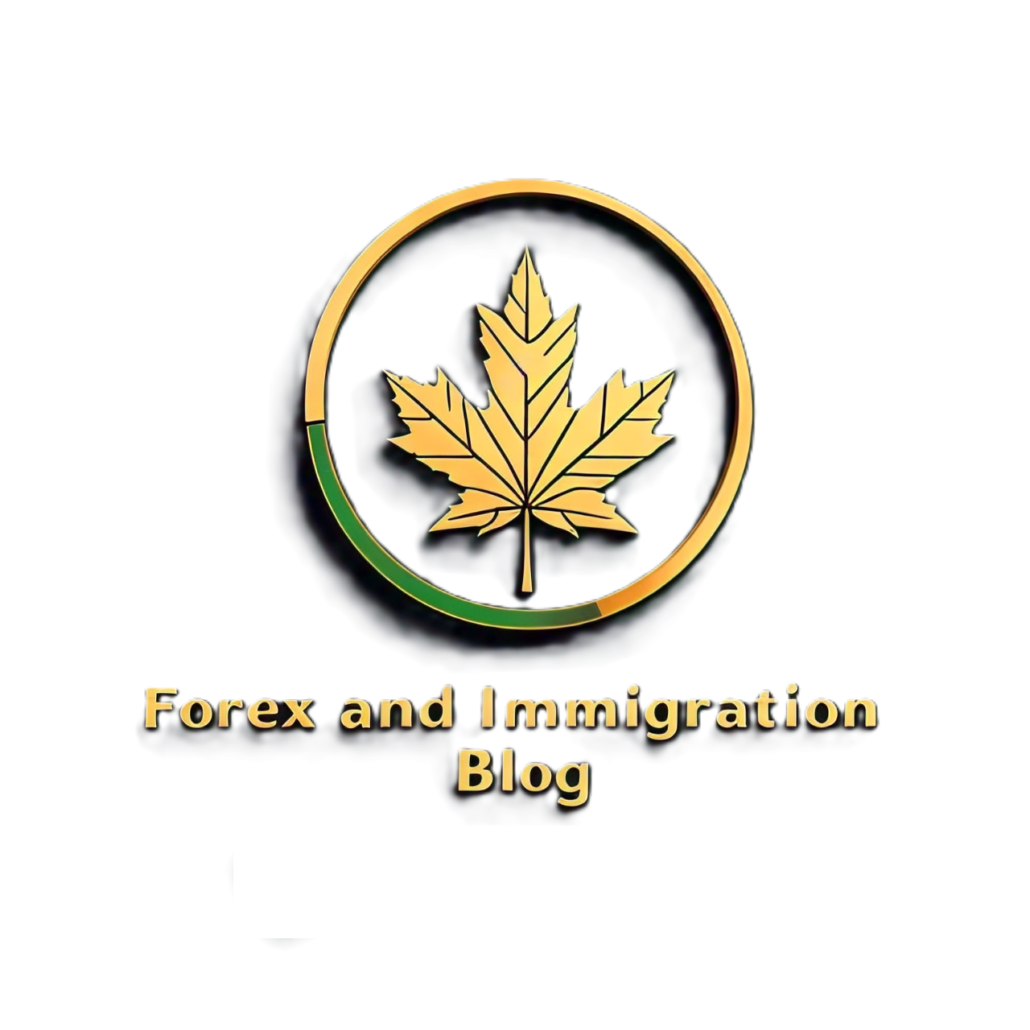RBA & BoC Apprehensive About Trump’s Insurance policies…
BoC Slashes Charges Once more Amid Progress Considerations
The Financial institution of Canada (BoC) delivered a 50-basis-point fee minimize on Wednesday, reducing its benchmark rate of interest to three.25%. This marked the second consecutive massive minimize and the fifth discount since June, underscoring the central financial institution’s aggressive efforts to fight rising unemployment and sluggish financial development.
This newest transfer, extensively anticipated by economists and analysts, appears to mirror a rising want for financial coverage to stimulate an economic system weighed down by weak home exercise and exterior uncertainty.
The choice additionally coincides with new mortgage guidelines launched by the Workplace of the Superintendent of Monetary Establishments (OSFI). These guidelines goal to ease borrowing challenges for renewers, switchers, and first-time homebuyers, probably amplifying the impression of decrease charges on the housing market.
Potential Causes Behind the Financial institution of Canada’s Transfer
In its assertion on Wednesday, the BoC cited a number of components behind its determination to cut back charges.
“With inflation round 2 per cent, the economic system in extra provide, and up to date indicators tilted in the direction of softer development than projected, the Governing Council determined to cut back the coverage fee by an additional 50 foundation factors to help development and maintain inflation near the center of the 1-Three per cent goal vary.”
Governor Tiff Macklem emphasised that whereas financial coverage has already eased “considerably,” the present surroundings of sluggish development and financial slack requires additional stimulus.
Canada‘s unemployment fee rose to six.eight% in November, up from 6.5%, marking the very best stage since January 2017 (excluding the pandemic). In the meantime, financial development stays subdued. Statistics Canada reported a 1% annualized development fee for the third quarter, pushed primarily by greater authorities spending quite than personal sector contributions.
Trump’s Commerce Threats Add Uncertainty
Past home challenges, the Financial institution of Canada is contending with heightened dangers from its largest buying and selling associate, america. The incoming administration of President-elect Donald Trump has proposed imposing 25% tariffs on all Canadian imports, a transfer that might severely disrupt Canada’s export-dependent economic system. The central financial institution acknowledged this uncertainty in its assertion.
Governor Macklem elaborated, saying, “Nobody is aware of how this may play out within the months forward—whether or not tariffs will probably be imposed, whether or not exemptions will probably be agreed, or whether or not retaliatory measures will probably be put in place.” Economists warn that if Trump follows via along with his threats, the ensuing commerce tensions might additional weaken Canada’s already fragile development trajectory.
What’s Subsequent for Borrowing Prices?
Given the difficult financial surroundings, economists extensively count on the Financial institution of Canada to decrease borrowing prices even additional within the coming months. Further fee cuts might assist counteract the consequences of slower home development and mitigate the impression of potential U.S. commerce boundaries.
Nonetheless, the effectiveness of additional financial easing will depend upon how exterior components, similar to U.S. commerce coverage, unfold. Canada’s heavy reliance on U.S. commerce—greater than 75% of its exports go to its southern neighbor—signifies that Trump’s proposed tariffs might considerably dampen financial exercise, no matter home stimulus efforts.
For now, the Financial institution of Canada seems dedicated to supporting the economic system via financial stimulus, however the long-term trajectory will rely closely on each home resilience and exterior stability. Key components to control ought to be commerce developments from the US, the labor market traits and world financial circumstances.




Leave a Reply
Want to join the discussion?Feel free to contribute!